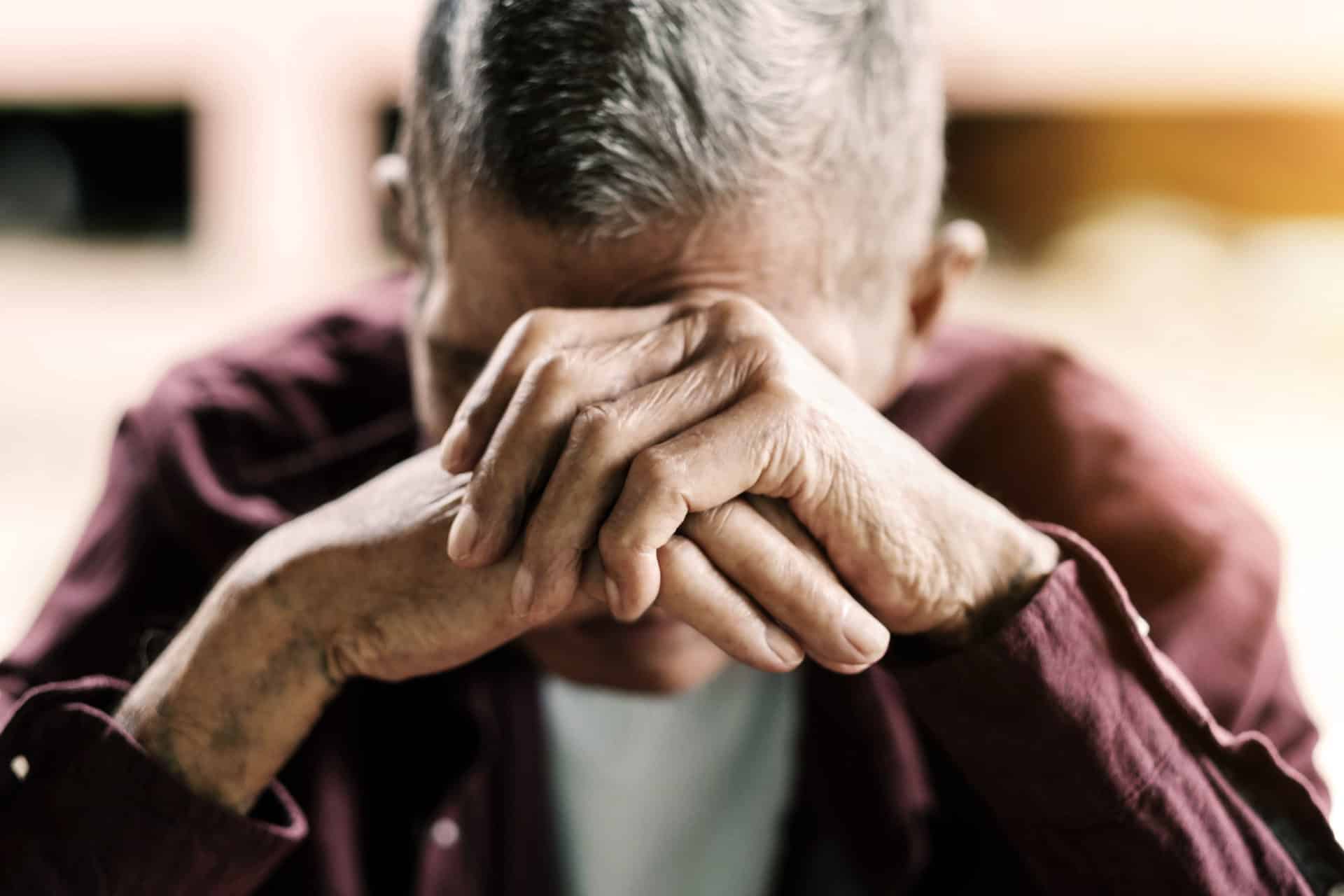Free Consultation
Free Consultation

COVID-19 has posed a lot of tough questions for patients living in nursing homes, as well as their families. Is it safe for elderly adults to be living in a nursing home? Are some nursing homes riskier than others?
And in the worst-case scenario, what happens if a loved one does pass away, and the nursing home hasn’t been safe?
The answers to these questions have evolved throughout the pandemic. Nursing homes have been a devastating hotspot since COVID-19 first hit the United States.
Despite nursing home residents making up 1% of the population, they have accounted for 40% of all COVID-19 deaths. Over 94,000 adults have died in nursing homes since March.
These deaths have continued to surge in the past few weeks, reflecting the overall surge that threatens holiday gatherings.
In response to the evolution of the virus’s handling, policies regarding liability and accountability have changed in recent months.
A partial repeal of liability protections back in July, for instance, has given rise to hope among victims’ families without impeding the care of nursing home professionals.
In the early months of the pandemic, nursing home staff were largely protected from any lawsuits. The threat of lawsuits, they argued, negatively impacted their ability to provide preventative services and care for residents who are particularly vulnerable to COVID-19.
On the other hand, this immunity from lawsuits prevented victims from holding staff and businesses accountable if their inaction did, in fact, cause the contraction of COVID or the death of a resident.
In July, the New York Senate and State Assembly made a compromise. Their budget included the Emergency or Disaster Treatment Protection Act, which made changes to the immunity offered to health care workers. Both resident advocates and health care workers shared praise for the compromise.
There are generally two circumstances under which New York health care workers are protected from legal action. They are:
Additionally, there are three scenarios in which New York health care workers may face legal action related to the pandemic. They are:
Basically, unless a facility experiences a breakout in COVID-19 cases, health care workers can be held liable for damages or harm caused to patients.
Even if a patient has already contracted COVID-19, health care workers can be held liable if they engage in negligence or misconduct. Elder abuse is not tolerated.
Eight months into the pandemic, nursing home staff should understand what proper prevention looks like. A health care worker cannot pretend that they did not know about the safety of masks, for instance.
More subtle forms of elder abuse or neglect, however, can be harder for family members to identify. In fact, signs of nursing home neglect often go unnoticed for weeks or months before they are recognized.
The good news is that actual neglect is rare, but it does occur. Neglect is more likely to occur when facility workers are overworked and especially stressed, and this is certainly an overly stressful time.
If you have a loved one in a nursing care facility, be on the lookout for signs of elder neglect and negligence within their residence.
Visible bruises, burns, and sudden changes in weight may be a sign of elder abuse. Significant changes to your loved one’s personality, sleep habits, or schedule may also be red flags.
Spotting elder neglect is not easy when you are not face-to-face with your loved one but go with your gut. If you are worried about the state of care that your loved one is receiving, do not be afraid to investigate further or report possible abuse.
Visiting your loved one may be difficult during this time. If you have a chance to talk to them on the phone, you can assess their care with the following questions:
When all signs point to a serious situation, report it. Not only could it prevent dire consequences for your loved one, but everyone else living in the facility.
If you want to report possible abuse or neglect within your state, reach out to the New York State Department of Health.
If damage or harm has already occurred, reach out to a New York personal injury lawyer. The right attorney can help you receive compensation for your loved one’s injuries, and hold responsible parties accountable.